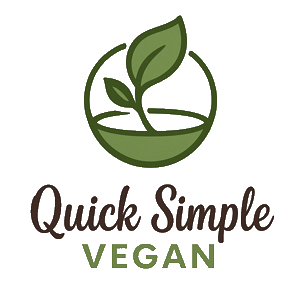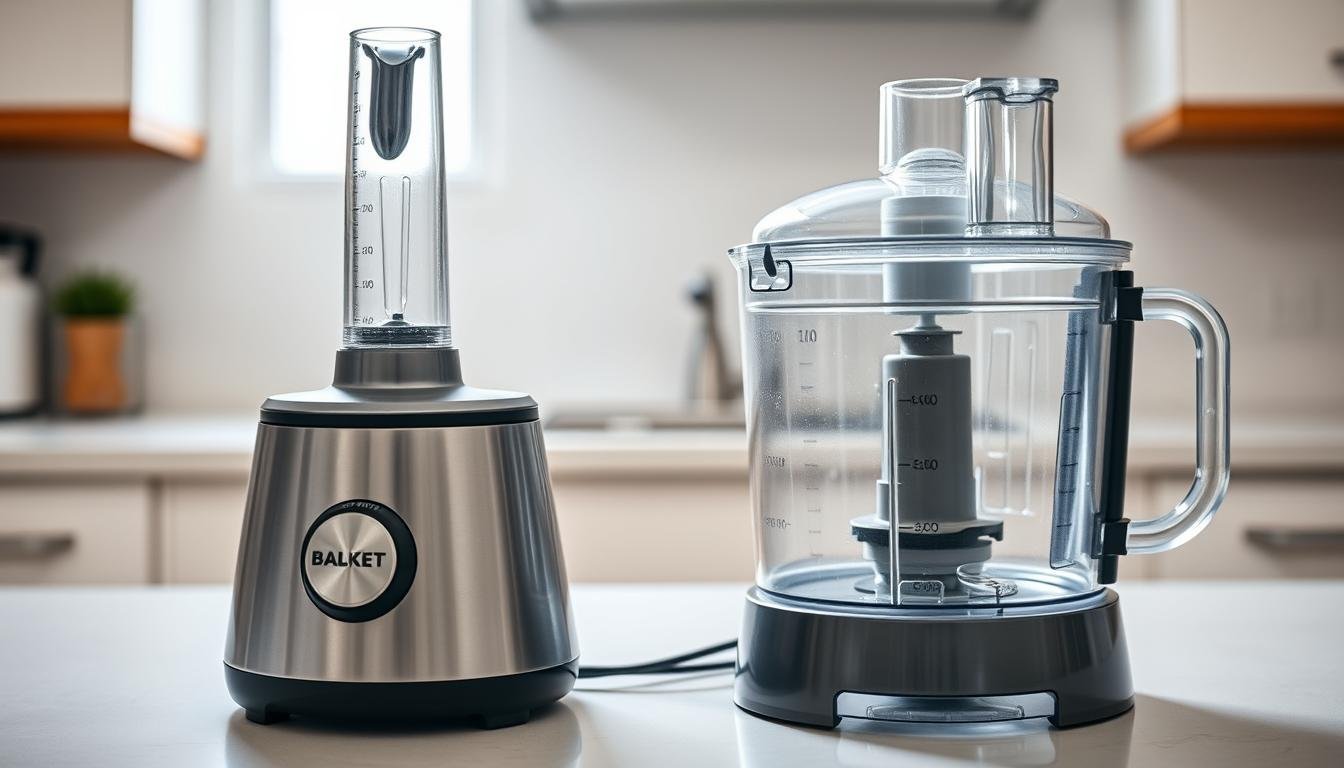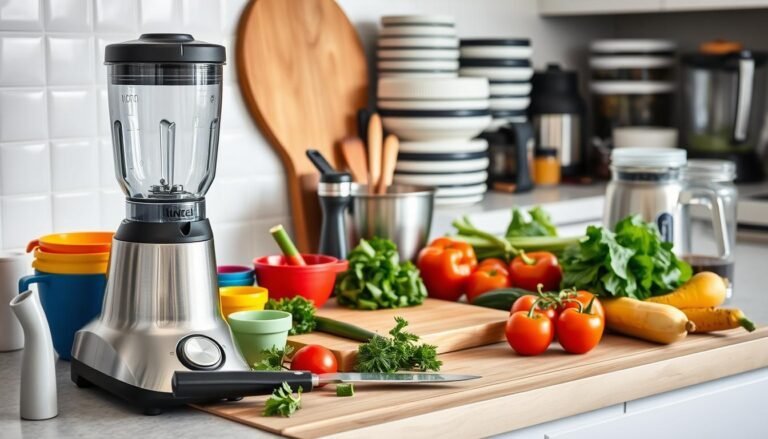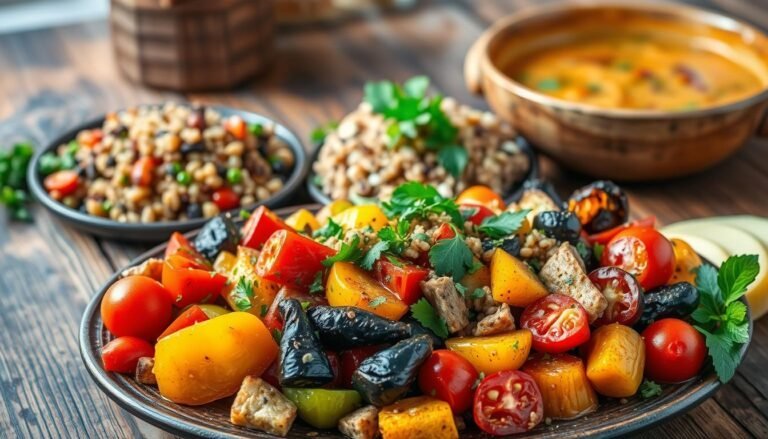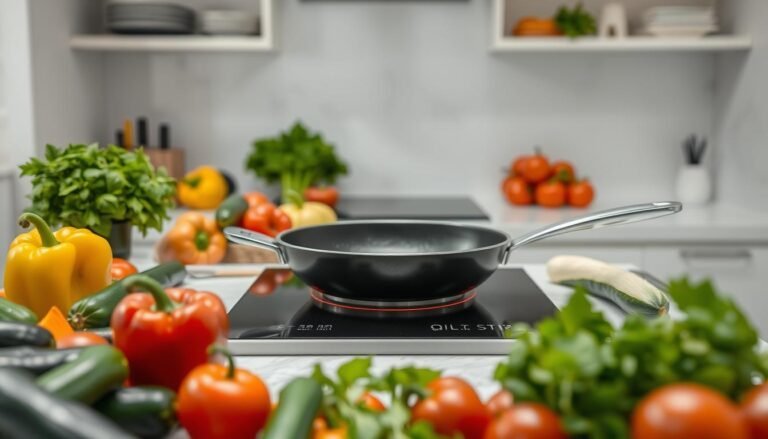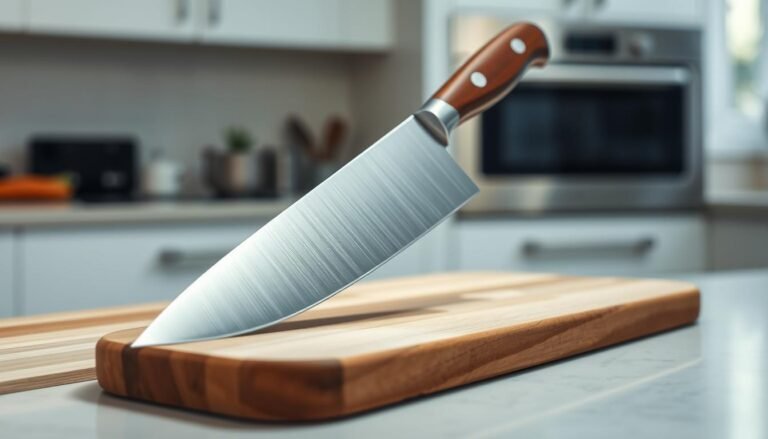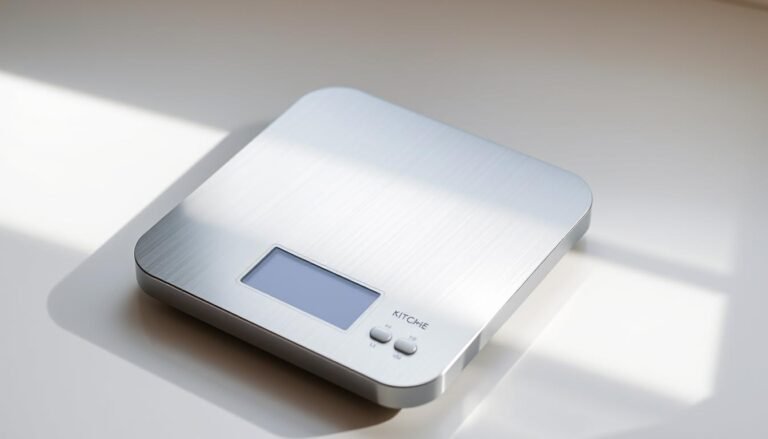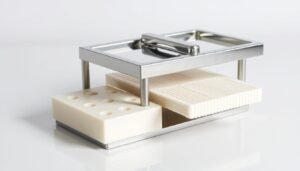Disclosure: This Post Contains Affiliate Links; We earn a commission on purchases.
Choosing the right kitchen tool can change your cooking game. The immersion blender and the food processor are two top picks. They each have their own special uses and benefits.
An immersion blender is perfect for soups, sauces, and other liquid dishes. It lets you blend right in the pot. But, a food processor is better for chopping, slicing, and shredding. Knowing what each does best helps you pick the right one for your recipes.
Key Takeaways
- Use an immersion blender for blending, pureeing, and whipping liquid recipes.
- Opt for a food processor for chopping, slicing, shredding, and kneading ingredients.
- Consider the specific task at hand to choose between the two appliances.
- Check out recommended products to find the best tool for your kitchen.
- Both appliances come with various attachments for added versatility.
Understanding Kitchen Blending Tools
Blending and processing are key in many kitchens. The right tool makes a big difference. Kitchen blending tools have evolved, making meal prep easier.
What Is an Immersion Blender?
An immersion blender, also known as a hand blender or stick blender, is a handheld device. It’s used for blending ingredients in a pot or bowl. It’s perfect for soups, sauces, and other liquids.
What Is a Food Processor?
A food processor is a countertop appliance. It can chop, slice, shred, and puree food. It’s great for many kitchen tasks, from chopping to making dough.
Basic Differences at a Glance
The main difference between an immersion blender and a food processor is their design and use. An immersion blender blends liquids in place. A food processor is more versatile, handling many food tasks.
- Immersion blenders are handheld and used mainly for soups and sauces.
- Food processors are countertop appliances with attachments for various tasks.
Key Features Comparison
Choosing between an immersion blender and a food processor involves looking at several key features. It’s important to understand these differences to pick the right appliance for your kitchen.
Power and Motor Capabilities
Immersion blenders and food processors have different power levels. Immersion blenders are good for soups and sauces because they have less powerful motors. Food processors, on the other hand, can chop and slice tougher foods because they are more powerful.
Size, Weight, and Storage Requirements
Size and storage matter a lot. Immersion blenders are small and light, making them easy to store. Food processors are bigger but offer more features and attachments, making them a great food prep appliance.
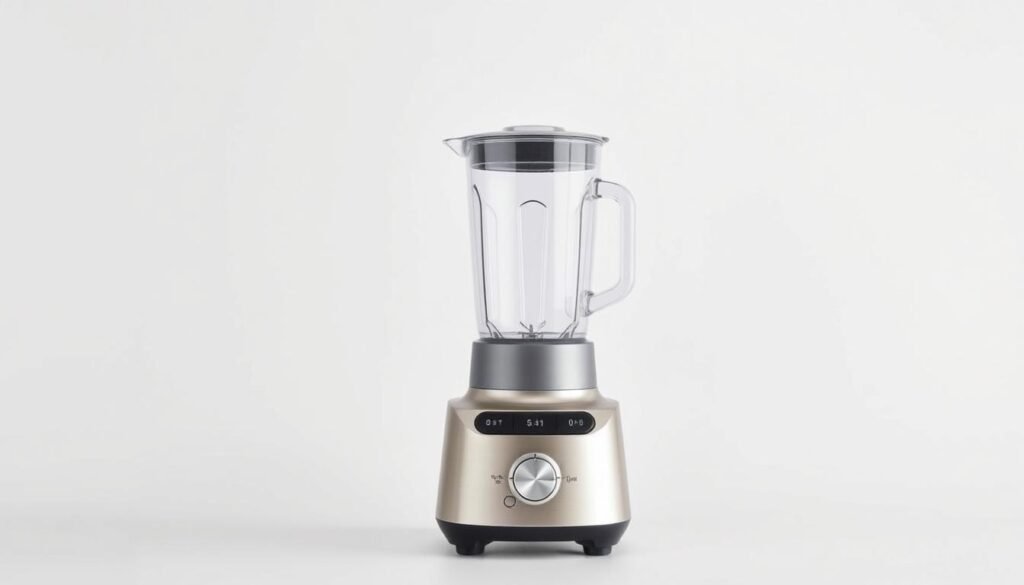
Versatility and Available Attachments
Versatility is key. Some immersion blenders come with a mini chopper attachment, adding to their uses. Food processors have many attachments for different tasks, making them very versatile.
Ease of Cleaning and Maintenance
Cleaning and maintenance are important. Immersion blenders are easy to clean, with parts that are dishwasher-safe. Food processors need more effort to clean but are doable with the right design.
In summary, when comparing immersion blenders and food processors, think about their power, size, versatility, and cleaning ease. This will help you choose the best electric food blender or food processor for your needs.
Immersion Blender or Food Processor: When to Use Each
It’s important to know when to use immersion blenders and food processors. Each has its own strengths for different tasks.
Ideal Tasks for Immersion Blenders
Immersion blenders are great for liquids or semi-liquids. Think soups, sauces, and hot liquids right in the pot. They’re perfect for pureeing soups and mixing sauces without moving them.
Tasks Where Food Processors Excel
Food processors are best for tough tasks like chopping, slicing, shredding, and kneading dough. They’re perfect for chopping veggies, slicing meats, and making dough for pastries.
Overlapping Capabilities and Limitations
Immersion blenders and food processors share some tasks, but each has its limits. Immersion blenders can do some soft tasks but not heavy chopping or kneading. Food processors can puree foods but aren’t as good for soups or sauces in the pot.
Knowing these differences helps you use both appliances better in your kitchen.
Real-World Performance Analysis
Looking at how blending wands and food processors work in real life shows their good and bad sides. This is important for both home cooks and chefs. It helps them pick the right tool for different jobs.
Speed and Efficiency Comparison
Immersion blenders are faster for jobs like soups and sauces right in the pot. They are made as a kitchen immersion tool. This means they can mix hot soups without moving them, saving time and avoiding spills.
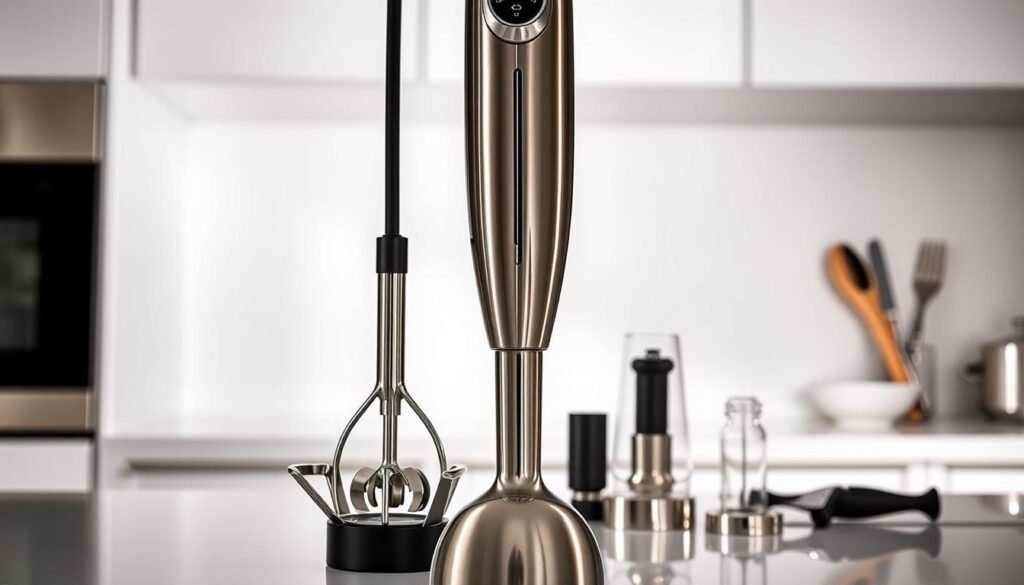
Texture and Consistency Results
The texture and consistency of what you make can differ between an immersion blender and a food processor. Food processors can handle hard ingredients better and chop more evenly. But, immersion blenders are great at making smooth liquids.
Noise Levels and Kitchen Disruption
How loud something is matters a lot. Immersion blenders are usually quieter, which is good for deep pots. Food processors, on the other hand, can be louder because of their strong motors.
Durability and Longevity Expectations
When thinking about getting an electric food blender or immersion blender, think about how long it will last. Even the best ones can last a long time if you take care of them.
Common Cooking Tasks Breakdown
Knowing which appliance to use for certain cooking tasks makes kitchen work easier. Immersion blenders and food processors are both versatile. But they are best for different tasks.
Soups, Sauces, and Hot Liquids
An immersion blender is great for soups, sauces, and hot liquids. It blends right in the pot, avoiding splashes. This is perfect for pureeing soups or mixing sauces in their pots.
- Blending hot soups directly in the pot
- Mixing sauces and gravies
- Pureeing hot liquids
Doughs, Batters, and Pastry Preparation
Food processors are better for chopping, slicing, and processing ingredients. They’re perfect for doughs, batters, and pastry. With different attachments, they can knead dough or shred veggies.
- Kneading dough for bread
- Preparing pastry dough
- Shredding and chopping vegetables
Chopping, Slicing, and Dicing Vegetables
For chopping, slicing, and dicing veggies, a food processor is faster. It has various blades for different cuts, from coarse to thin.
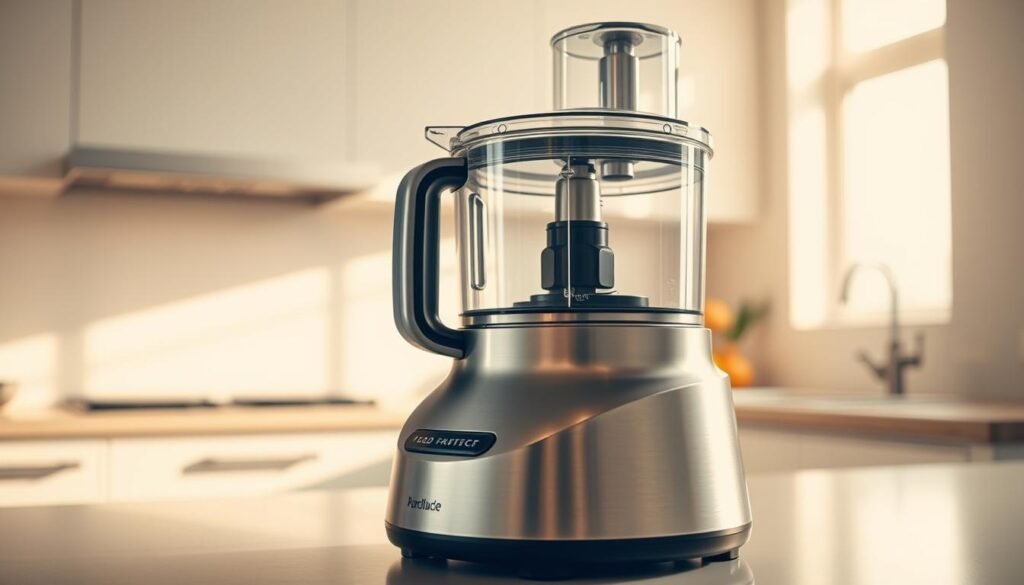
Purees, Smoothies, and Emulsions
An immersion blender is great for purees, smoothies, and emulsions, for small amounts. It’s perfect for blending in a bowl or deep container.
- Making smoothies
- Preparing baby food
- Creating emulsions like mayonnaise
In conclusion, knowing each appliance’s strengths helps you pick the right tool. This makes cooking more efficient and fun.
Making the Right Choice for Your Kitchen
Choosing between an immersion blender and a food processor is key. Each has special features for different tasks in the kitchen.
Key Considerations:
- Available kitchen space and storage capacity
- How often you use it for certain tasks
- How versatile and attachments you want
- Your budget
An immersion blender is great for easy use and saving space. But, if you need to chop, slice, and puree, a food processor is better.
Knowing your cooking habits and dishes helps choose the right one. By looking at each appliance’s pros and cons, you make a smart choice for your kitchen.
Conclusion
When choosing between an immersion blender and a food processor, think about what you cook most. If you make soups, smoothies, or cocktails often, an immersion blender is perfect.
But, if you need to slice or shred, a food processor is better. Knowing what each appliance does best helps you choose the right one for your kitchen.
By looking at your cooking habits and what each device can do, you can pick the best tool. This choice will make cooking more enjoyable for you.
FAQ
What is the main difference between an immersion blender and a food processor?
Can I use an immersion blender to chop vegetables?
Are immersion blenders and hand blenders the same thing?
What are the benefits of using a food processor over an immersion blender?
Can a food processor be used as a substitute for an immersion blender?
How do I choose between an immersion blender and a food processor for my kitchen?
Are there any kitchen tasks that both immersion blenders and food processors can handle?
What should I consider when selecting an immersion blender or a food processor?
Can I use an immersion blender for making smoothies or emulsions?

Focused on simplicity and flavor, Ryan helps readers create quick vegan meals and snacks without the overwhelm. Whether you’re new to vegan cooking or just want to keep it simple, Ryan’s tips, guides, and no-fuss approach make plant-based eating accessible and enjoyable for everyone.
Subscribe to Our Newsletter
